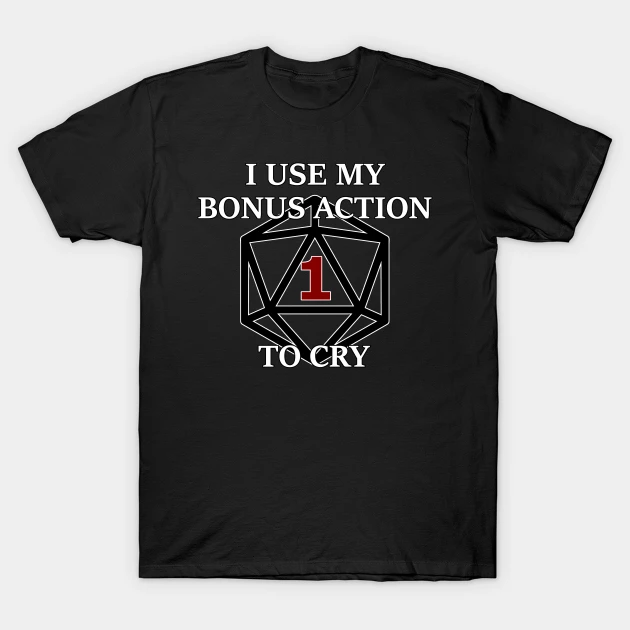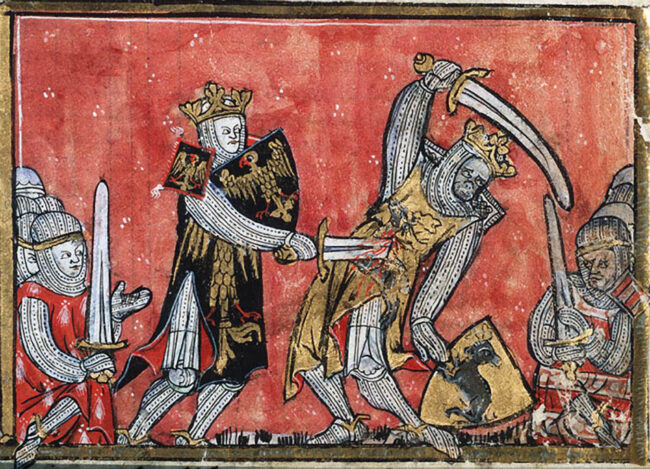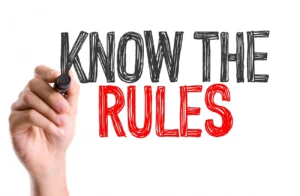 Part of an ongoing series of 5e Rules notes.
Part of an ongoing series of 5e Rules notes.
TL;DR: Anything with magic items is expensive and difficult and unlikely under 5e.
For design reasons having to do with Bounded Accuracy and stuff like that, magic items — especially anything permanent, or anything to alter combat stats (TH, AC) — are rare as hen’s teeth in 5th Edition D&D.
The following is meant to provide guidelines. Bearing in mind how magic items can unbalance a campaign (especially weapons and armor with plusses), the DM should, as always, look for ways to make things fun and make things work for the story.
The rules on this stuff are something of a mess, to be honest, scattered in the PHB, the DMG, with major (optional) updates in XGE, which is what I’ll mostly follow (starting round XGE 134) None of it makes it easy along the lines of “I step into Ye Olde Magick Ytem Shoppe and …” For most stuff beyond the common, it’s a matter of searching out, then negotiating with buyers/sellers. This can literally take weeks.
It might be easier to go attack a dragon and check out their horde …
Buying the Easy Stuff
Okay, it’s not all that bad (or I won’t let it be in my game). Common stuff — the equivalent of picking up items at the local drug store — is relatively easy to find, if only because demand for it is there. In addition to XGE, I’ve found a very nice set of purchase tables (explained here) that discuss all sorts of purchasing (and selling) at different types of shops in different locals.
Some quick summaries of readily available items.
| Rarity | Potion Cost (gp) | Scroll Cost (gp) |
|---|---|---|
| Common | 50 | Lvl 0 – 50 Lvl 1 – 100 |
| Uncommon | 250 – cities only | Lvl 2 – 250 – cities only Lvl 3 – 500 – cities only |
| Rare | 2500 – cities only, if at all | Lvl 4 – 2500 – cities only, if at all Lvl 5 – 5000 – cities only, if at all |
So, for example, a Common Potion of Healing is available at 50gp or so; quantities may be limited, and may vary by locale and shop. Especially as you get into Uncommon and Rare, the chances are high that stock and locations will be constrained.
Buying the Hard Stuff
Once you start getting beyond what gets stocked at the local Walgreens, it becomes a lot harder. Magic is rare, so finding it in a shop is situational (e.g., “Poor Drunken Bob used to be a mighty paladin. He finally hocked his +1 Greatsword with me last week. Only reason I’d carry something like that.”). It’s possible a shop in a trading town or small city might have something immediately on hand, but not guaranteed. The following is based largely on the “Downtime” rules in XGE.
Finding a magic item to purchase takes at least one workweek (5d) of effort, and 100gp in Expenses. You roll Charisma (Persuasion) to determine the quality of the seller, +1/extra work week you take, +1/extra 100gp you spend. (This also provides a wealthy lifestyle, so you can impress them). The roll is against the DC to Find in the table below.
| Rarity | Level | Find a seller |
Asking Price (gp) | Example |
|---|---|---|---|---|
| Common | 1+ | DC 10 | (1d6+1) * 10 Avg 45 |
Potion* of Healing 2d4+2 |
| Uncommon | 1+ | DC 15 | (1d6) * 100 Avg 350 |
Potion* of Greater Healing 4d4+4 Weapon +1 Adamantine Armor Wand of Magic Missiles |
| Rare | 5+ | DC 20 | (2d10) * 1K Avg 11K |
Potion* of Superior Healing 8d4+8 Weapon +2 Armor +1 Wand of Fireballs |
| Very Rare | 11+ | DC 25 | (1d4+1) * 10K Avg 35K |
Potion* of Supreme Healing 10d4+20 Weapon +3 Armor +2 Wand of Polymorph |
| Legendary | 17+ | DC 30 | (2d6) * 25K Avg 175K |
Vorpal Sword Armor +3 Ring of 3 Wishes |
* Potions, scrolls, and other consumables cost only half price.
So, what do you find?
|
DC Check Total |
Items Acquired |
|
1-5 |
Roll 1d6 times on Magic Item Table A. (Common) |
|
6-10 |
Roll 1d4 times on Magic Item Table B. |
|
11-15 |
Roll 1d4 times on Magic Item Table C. |
|
16-20 |
Roll 1d4 times on Magic Item Table D. (Uncommon) |
|
21-25 |
Roll 1d4 times on Magic Item Table E. |
|
26-30 |
Roll 1d4 times on Magic Item Table F. |
|
31-35 |
Roll 1d4 times on Magic Item Table G. (Rare) |
|
36-40 |
Roll 1d4 times on Magic Item Table H. (Very Rare) |
|
41+ |
Roll 1d4 times on Magic Item Table I. (Legendary) |
Complications can happen.
Spellcasting Services
Rather than buy a (consumable) magic item, you can also hire a spell-caster to do something for you. Services for relatively common spells (Cure Wounds, Identify) are easy enough to find in a city, possibly even in a town, costing 10-50gp (plus any expensive material components) (PHB 159)
The general rule of thumb for such costs:
(Level)2 × 10 + (Consumed Materials×2) + (Non-consumed Materials×0.1)
Temples are likely to provide the following spell services to the general public, assuming it’s a large enough establishment to have clerics that can do it:
| Spell | Level | Cost (gp) |
|---|---|---|
| Cure Wounds | 1 | 10 |
| Prayer of Healing | 2 | 50 |
| Gentle Repose | 2 | 50 |
| Lesser Restoration* | 2 | 50 |
| Remove Curse | 3 | 100 |
| Revivify | 3 | 400 |
| Divination | 4 | 210 |
| Greater Restoration | 5 | 450 |
| Raise Dead | 5 | 1000 |
*Outside of temples, itinerant priests can perform these.
Temples may perform other spells, but most likely only for adherents to the god in question.
Other magical services that can be relatively easily obtained outside of temples (in addition to the above spells that are not solely in cleric/adjacent classes):
| Spell | Level | Cost (gp) |
|---|---|---|
| Identify | 1 | 20 |
Prices, as with all things, can be affected by social interactions and local economic circumstances. I.e., you may be able to use Charisma (Persuasion) to sweet talk getting a desired service. On the other hand, if there is a major war or plague going on, such services may be swamped by the demand.
Selling a Magic Item
This is similar to buying one (and similarly comes from XGE, pp 133-34).
Unless you’re talking about something Common, most vendors can’t afford to buy such items, especially in smaller towns. You can pretty easily sell something to the local Walgreens that they stock, or even something of the same rarity, but anything beyond that requires a vendor with resources, and likely some sort of Charisma (Persuasion) roll to assure the buyer of the quality.
For a more formal approach, you can find a buyer for one magic item by spending 1 work week and 25gp to spread the word. You can only sell one item at a time. Make a Charisma (Persuasion) check to determine the offer (you don’t have to take it).
| Rarity |
Base Price (gp) |
|---|---|
| Common |
100 |
| Uncommon |
400 |
| Rare |
4K |
| Very Rare |
40K |
| Legendary |
200K |
|
DC Check Total |
Offer % of base price |
|
1-10 |
50% |
|
11-20 |
100% |
|
21+ |
150% |
Every work week (5d) spent provides a 10% chance of a complication — also known as DM fun! Maybe someone else in the area is looking for such an item (making buyers eager to pick one up … or making buyers who have one want to get rid of the competition).



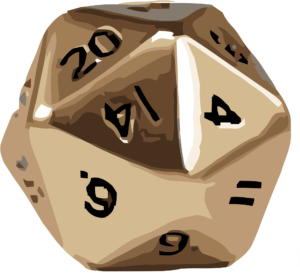
 In 5e, combat takes place with the
In 5e, combat takes place with the 

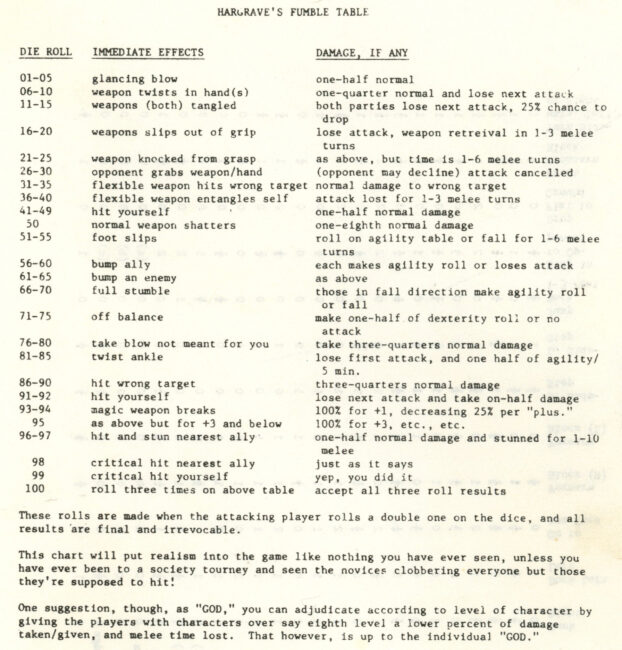













 (Though, to be honest,
(Though, to be honest, 

